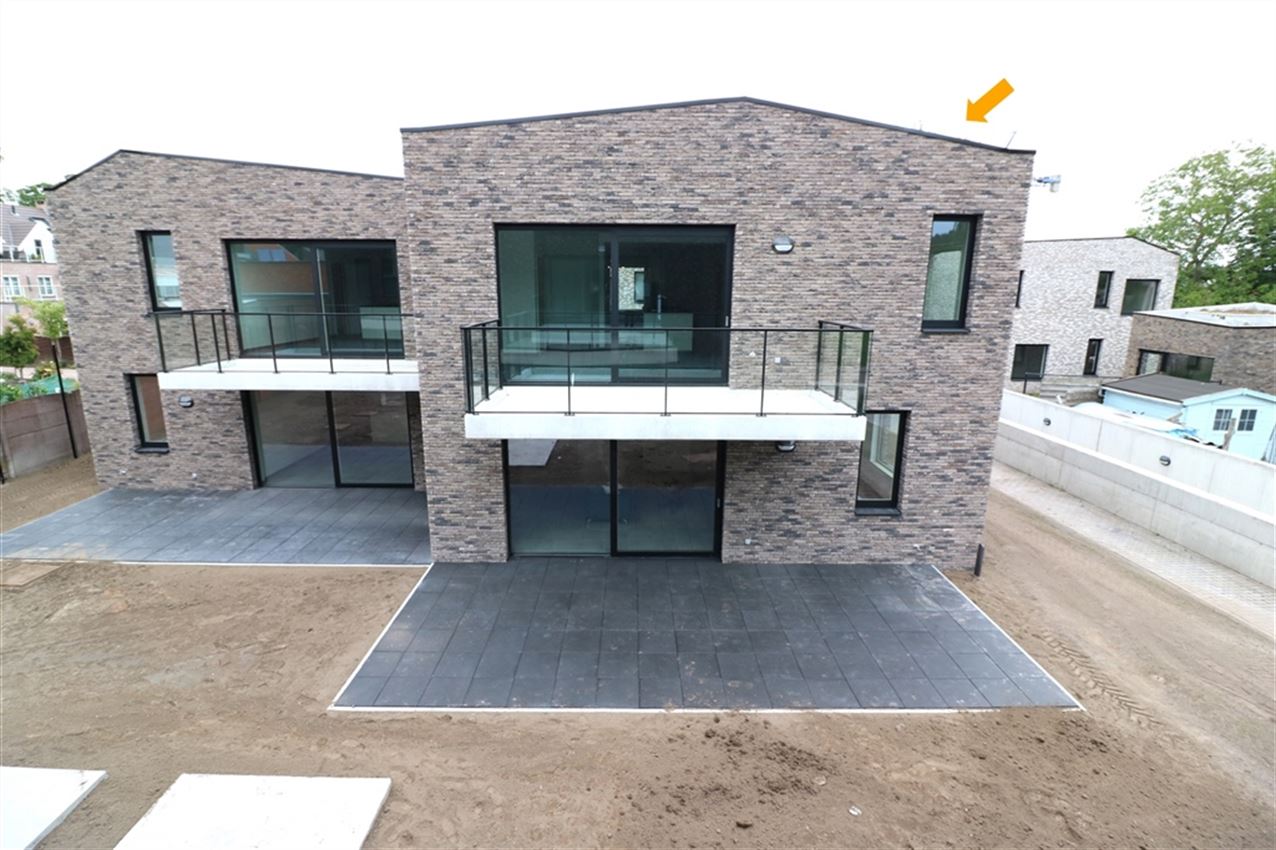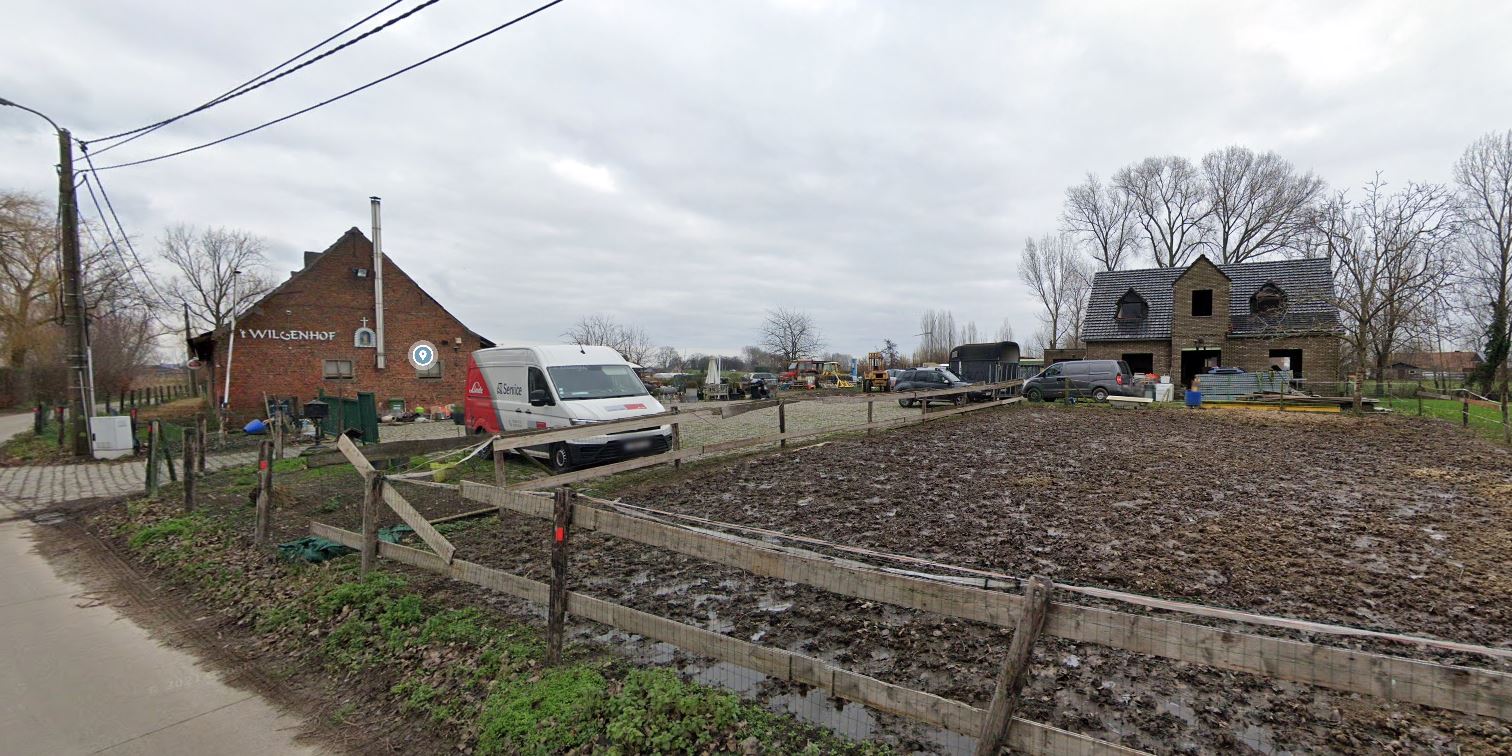Part 1 : the legal framework
When renting out a property, it is important to prepare a thorough site plan upon move-in. Parties can do this job themselves or entrust the formatting of the place description to an expert. In a series of articles, we will discuss the main points to consider when preparing a place description.
This first article discusses the legal framework.
Presumption in favor of tenant
For leases entered into since Jan. 1, 1974, there is a presumption – in the absence of place of entry – that the tenant received the leased property in the same condition as it was in at the end of the lease.
The layout of the place description of entry has the consequence that the tenant must, in principle, return the property in the condition in which it was received, except for normal wear and tear and force majeure.
This presumption can be rebutted by the landlord. He may prove by all legal means that the condition of the property was better at entry than at exit. This proof can be provided by an expert report prepared at exit.
Quite a few tenants think they can escape compensation for rental damage because of the lack of a placeholder at move-in. However, an expert is often able to determine whether damage is recent and whether it is attributable to the tenant.
In addition, if the lease provides that the lessee acknowledges having received the property in good condition, it must be assumed that the property was effectively in good condition, subject to evidence to the contrary. This applies only to leases entered into before Jan. 1, 1984.
Detailed site description
For leases entered into after January 1, 1984, clauses such as “the property is in perfect condition and without defects” are no longer sufficient to predicate that the property was effectively delivered in that condition. Parties should prepare a circumstantial site description.
Failing this, the legal presumption applies that the tenant is deemed to have received the property in the condition in which he leaves it. As indicated above, the landlord can provide contrary evidence.
Mandatory character
The preparation of a comprehensive site plan upon entry by adversary and on joint account is required by law for all agreements concerning the lease of real estate concluded as of May 18, 2007 (except for those covered by application of the Leases Act). If the lease concerns the tenant’s primary residence or a student room, the (mandatory) place description must be attached to the lease upon entry and also registered.
“Quite a few tenants think they can escape compensation for rental damage because of the lack of a placeholder at move-in. However, an expert is often able to determine whether damages are recent and whether they are due to the tenant.”
Other than the legal presumption in favor of the tenant (see above), the law does not provide any sanction when the place description is missing at move-in. Nor does the law provide a penalty if the place description has not been registered : the lack of registration takes nothing away from its probative value.
Judicial expert
If the parties do not reach an agreement on the entry description, for example in the event that the tenant refuses to sign it, the appointment of a judicial expert may be demanded before the expiration of the first month of occupancy/occupation of the property.
If the rental agreement falls under the application of the Flemish Housing Decree (rental agreement housing as the main residence of the tenant or student housing), the appointment of a judicial expert must be claimed before the expiration of the first month in which the tenant can dispose of the property.
If the rental property is located in Wallonia, then the procedure to appoint an expert must be initiated within fifteen days following the expiration of the first month of occupancy.
Additions to the place description
Additions to the place description may be necessary when certain items have been forgotten or as a result of changes to the property during the course of the lease.
- (a) Additions pursuant to forgetfulness.
It may happen that certain items were forgotten or inadequately described, even by the best expert. It is customary for the expert to consider the parties’ comments to the extent that they are submitted within one month of receipt of the expert’s remittance of the site plan.
The parties should carefully articulate and convey their comments to the expert who will review them for validity. If he deems the comments justified, he will endorse them and transmit them to the parties with a request to attach them to the site description. If the expert does not agree with the comments made, they will not be considered.
- b) Significant changes to the leased property
If significant work has been done by the landlord or the tenant during the tenancy, such as due to renovation work, either the landlord or the tenant may require that an addendum to the original site description be prepared at the start of the tenancy.
This additional site description is also prepared at joint expense and must be signed by both parties. Each party should receive a copy of it.
This addendum refers to the original place description at the start of lease and describes the changes. This insert should also be presented for registration.
If the parties do not reach an agreement, the appointment of a judicial expert may be sought.
“Where significant work has been carried out by either the landlord or the tenant during the tenancy, for example as a result of renovation work, both the landlord and the tenant may require that an addendum to the original site plan be prepared at the start of the tenancy.”
Interim site description
Article 230, § 4 of the Brussels Housing Code imposes an interim exit placement requirement in case of transfer of the lease. This site description must be prepared before the departure of the tenant-transferor and, more specifically, after the vacating of the property and before the handing over of the keys to the landlord.
The interim site plan must be prepared contradictorily in the presence of the acquiring tenant. Costs are shared among the three parties. The damage determined is the responsibility of the tenant-transferor.
According to the text of the Brussels Housing Code, this intermediate site description, added to the initial site description, counts as a site description upon entry with respect to the transferee tenant. This is surprising, given that the entry and exit place descriptions are two completely different documents.
Source: The United Owners October 2022, pages 8-9-10





